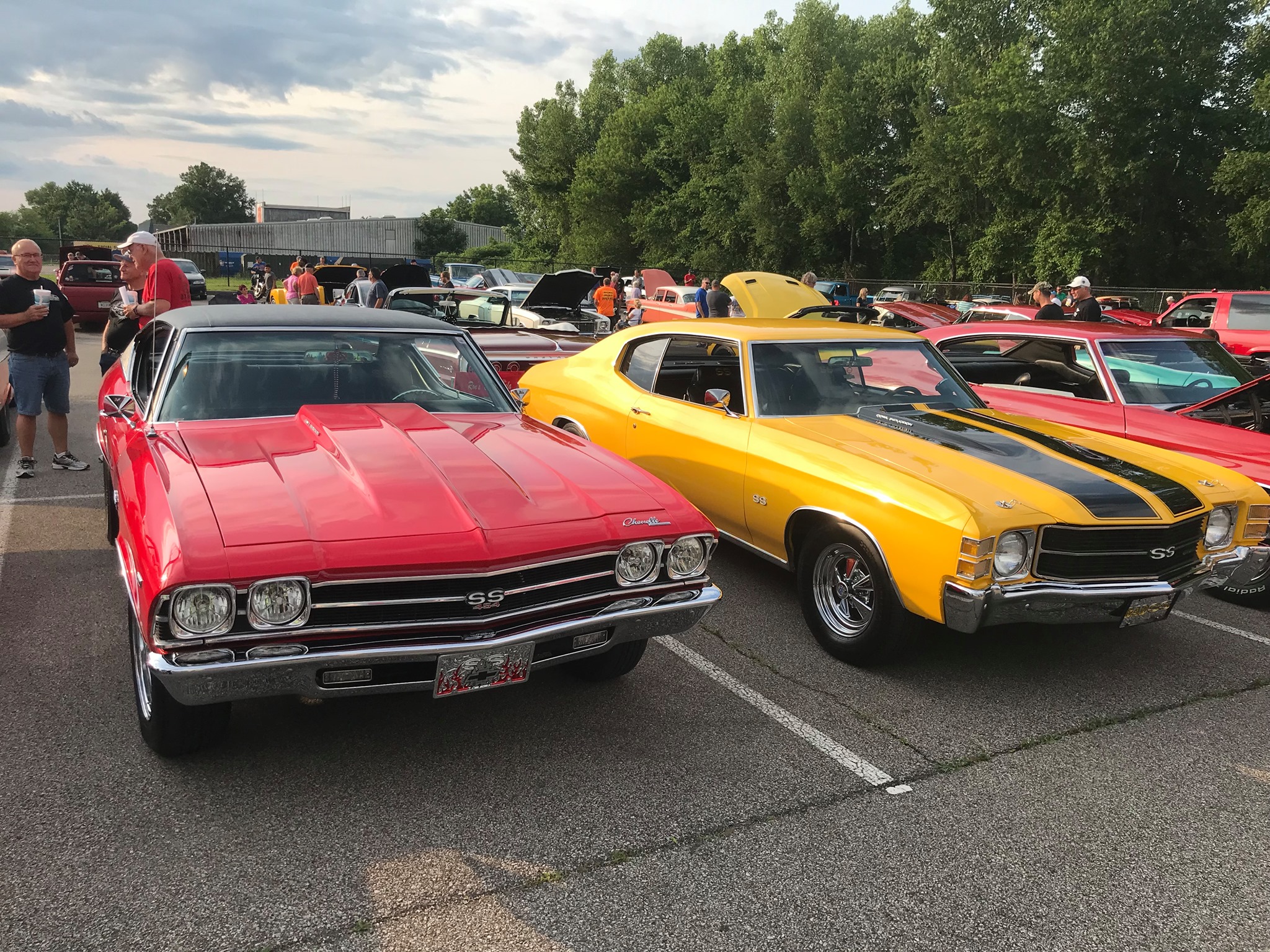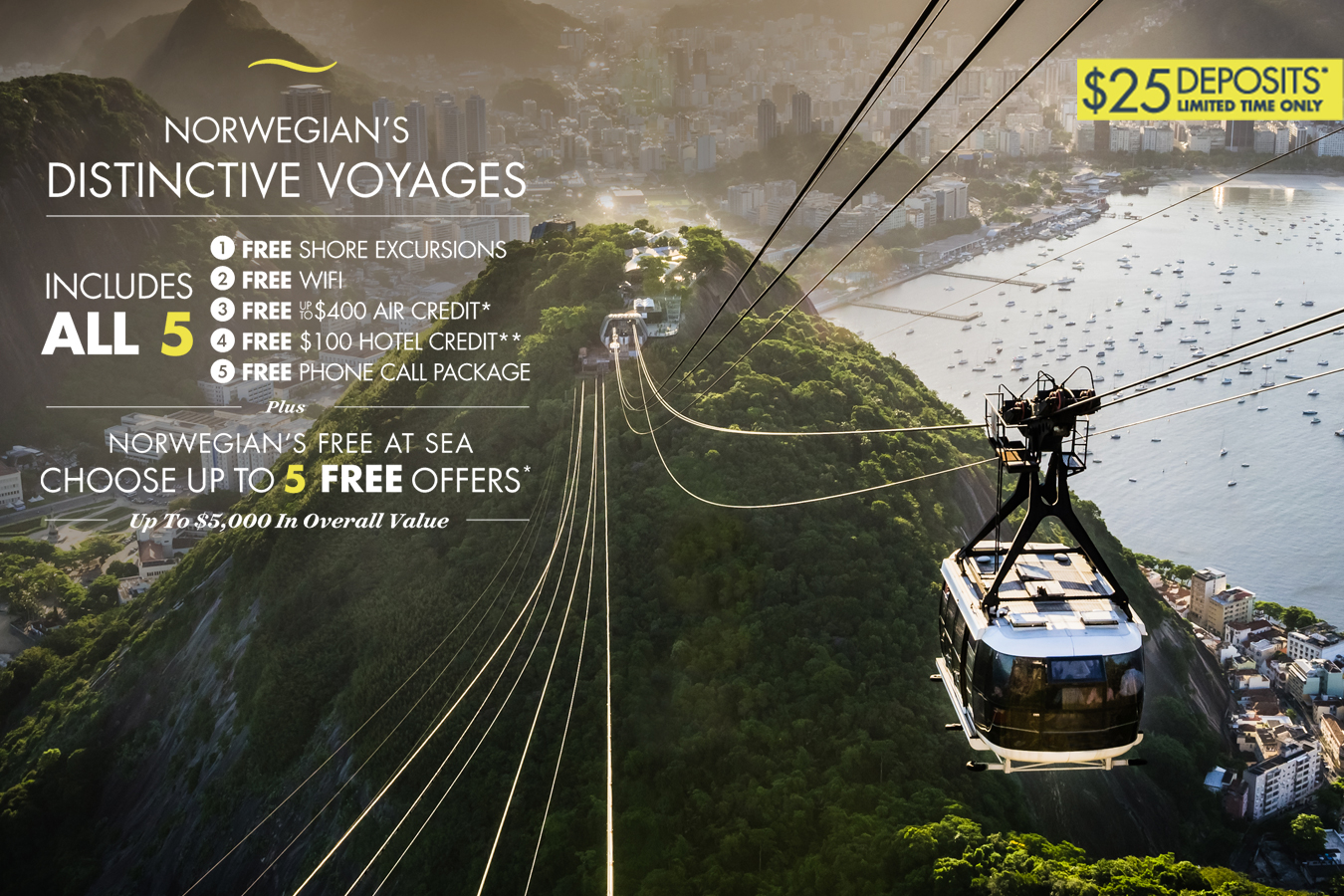Table Of Content
- Cruise is now testing fully driverless cars in San Francisco
- How long are customer warranties from Cruise Car®?
- How much does a Cruise Car® LSV cost?
- The GM-backed company is one of the first to launch Level 4 vehicles in a dense, complex urban setting
- We've heard about self-driving taxis forever, but they're just starting to become a reality

And that the per-trip cost is about the same as an Uber Comfort (one level up from the base Uber X fare) — but really a bit cheaper, since you're not tipping your robot driver. You really are in a car, driving around the city, with no one in the driver's seat. Cruise Car® has ranked among the largest suppliers of electric low speed vehicles to federal government agencies for over 15 years, including over 500 military base customers. Cruise Car® also sells a wide variety of commercial grade carts to hundreds of municipalities, universities, resorts, and multinational corporations. National contracts include GSA and the Sourcewell Buying Cooperative.
Cruise is now testing fully driverless cars in San Francisco
Cruise began expanding its paid service area in the Phoenix area in August 2023. Cruise will resume manual driving of its autonomous vehicles to create maps and gather road information in certain cities, starting with Phoenix, the company said Tuesday. The GM subsidiary already had a presence in Phoenix before it pulled its entire U.S.-based fleet last year following an incident in San Francisco that left a pedestrian stuck under and dragged by a Cruise robotaxi.
How long are customer warranties from Cruise Car®?
That lack of control has unnerved city officials, especially as driverless cars created by Cruise and Waymo have become ubiquitous in San Francisco. The cars have caused major headaches in the city, as they have disrupted first responders on numerous occasions, from rolling into scenes cordoned off by caution tape to once colliding with a firetruck on its way to an emergency scene. City leaders attempted to halt the expansion by highlighting these incidents, but were ultimately unsuccessful. The news that the company will be relying less on its operations staff during its testing comes after Cruise’s safety drivers have complained about a lack of safety standards during the pandemic and subsequent wildfires. They accuse Cruise of deploying its self-driving cars during the spring lockdown in defiance of public health orders banning nonessential travel. And they say Cruise isn’t doing enough to keep them safe during these public health crises.
How much does a Cruise Car® LSV cost?
The screens, one on either side, will display an itinerary for picking up and dropping off each passenger, so riders know what to expect. Carpooling in the age of smartphones hasn’t exactly been the runaway success that ride-hailing companies like Uber and Lyft have hoped. But Cruise thinks its abundance of space can help minimize the friction. For example, it doesn’t look like a toaster on wheels, as some autonomous “people movers” tend to do. Cruise Car® ranks among the largest suppliers of commercial grade electric low speed utility vehicles.
Scout Motors wants to put the ‘mechanical’ back into electric trucks
Not-car inventions that seriously changed how we travel, in other words. Cruise says it wants to “move beyond the car,” but I’m not convinced the absence of certain controls negates its inherent car-ness. As Vogt points out, it occupies the same amount of space as an SUV, and Cruise claims it can travel at normal city speeds. It is a car-like shape and does car-type things, like traveling down a road with people in it. And if there isn’t another good name for it — “the property” notwithstanding — then “car” will have to do.
The GM-backed company is one of the first to launch Level 4 vehicles in a dense, complex urban setting

NHTSA opened an investigation on 16 October into four reports that Cruise vehicles may not exercise proper caution around pedestrians. The complaints involved vehicles operating autonomously and “encroaching on pedestrians present in or entering roadways, including pedestrian crosswalks in the proximity of the intended travel path of the vehicles”, the agency said. In California alone, more than 40 companies — ranging from young start-ups to tech giants — have permits to test their self-driving cars in San Francisco, according to the DMV.
At the federal level, the National Highway Traffic Safety Administration gathers mostly self-reported crash data from companies. In California, the DMV issues permits for testing and deployment, and the CPUC regulates commercial passenger service programs. In 2017, Cruise was conducting testing on public roads with Cruise AVs in San Francisco, Scottsdale, Arizona, and the metropolitan Detroit area.
California orders Cruise driverless cars off the roads because of safety concerns
According to the DMV, the Cruise vehicle dragged the woman pinned underneath for about 20 feet, a move that may have worsened her injuries. Aaron Peskin, president of the San Francisco Board of Supervisors, said that first responders who tended to the crash noted a trail of blood from the point of impact with the woman to where the vehicle ultimately stopped about 20 feet away. “As someone who has honestly dealt with Cruise cars myself … it never seemed like they were ready for prime time,” he said. In an email to KUT, the company said the decision is not related to any new on-road incidents. Cruise has been working on the design of the Origin for over three years, but Honda’s involvement “super charged” the effort. The two automakers didn’t collaborate on every tiny detail; instead, they split up the work based on their expertise.
We've heard about self-driving taxis forever, but they're just starting to become a reality
GM's Cruise faces long road back to city streets in wake of safety review - Reuters
GM's Cruise faces long road back to city streets in wake of safety review.
Posted: Wed, 31 Jan 2024 08:00:00 GMT [source]
It tried to sugarcoat the disappointing news by announcing a plan to dramatically increase the number of its test vehicles on the road in San Francisco. To be sure, the vehicles are not completely alone in the wilderness. In a video released by the company, a Cruise employee is seen in the passenger seat while the car drives itself through the darkened streets of San Francisco. Cruise’s vehicles all have an emergency switch in the center channel near the gear shift in case something goes wrong, and they are also monitored remotely by Cruise employees. Asked whether remote operators are able to take control of the vehicle when needed, Ammann declined to answer.
Cruise, the self-driving car company affiliated with General Motors and Honda, is testing fully driverless cars, without a human safety driver behind the steering wheel, in San Francisco. The company is among the first to test its driverless vehicles in a dense, complex urban environment. The 2 October crash prompted Cruise to suspend driverless operations nationwide after California regulators found that its cars posed a danger to public safety. The state’s department of motor vehicles revoked the license for Cruise, which was transporting passengers without human drivers throughout San Francisco. There are few clear federal regulations that set rules for how autonomous vehicles must function, and what standards they must meet before they are tested on public roads.

Ed Walters, who teaches autonomous vehicle law at Georgetown University, said that driverless technology is critical for a future with fewer road fatalities because robots don’t drive drunk or get distracted. But, he said, this accident shows that Cruise was not “quite ready for testing” in such a dense urban area. Technological issues aside, what really put Cruise in hot water late last year was its response to the incident.
No steering wheel, no pedals, no gear shift, no cockpit to speak of, no obvious way for a human to take control should anything go wrong. We believe that self-driving technology will save lives and make roads safer. Since becoming part of General Motors in March 2016,[17] Cruise has been working on developing software and hardware to make fully autonomous vehicles using modified Chevrolet Bolts.
Cruise said it was reevaluating its operations and trying to earn public trust after it became the subject of a federal investigation for multiple incidents involving pedestrians in San Francisco. Austin officials said residents complained about the cars not operating properly. The company’s suspension follows the launch of a federal investigation into incidents with pedestrians in San Francisco. Ford has said it will build an autonomous car without a steering wheel or pedals by 2021, while Waymo has begun offering a limited number of rides in fully driverless minivans to its customers in Phoenix, Arizona.


